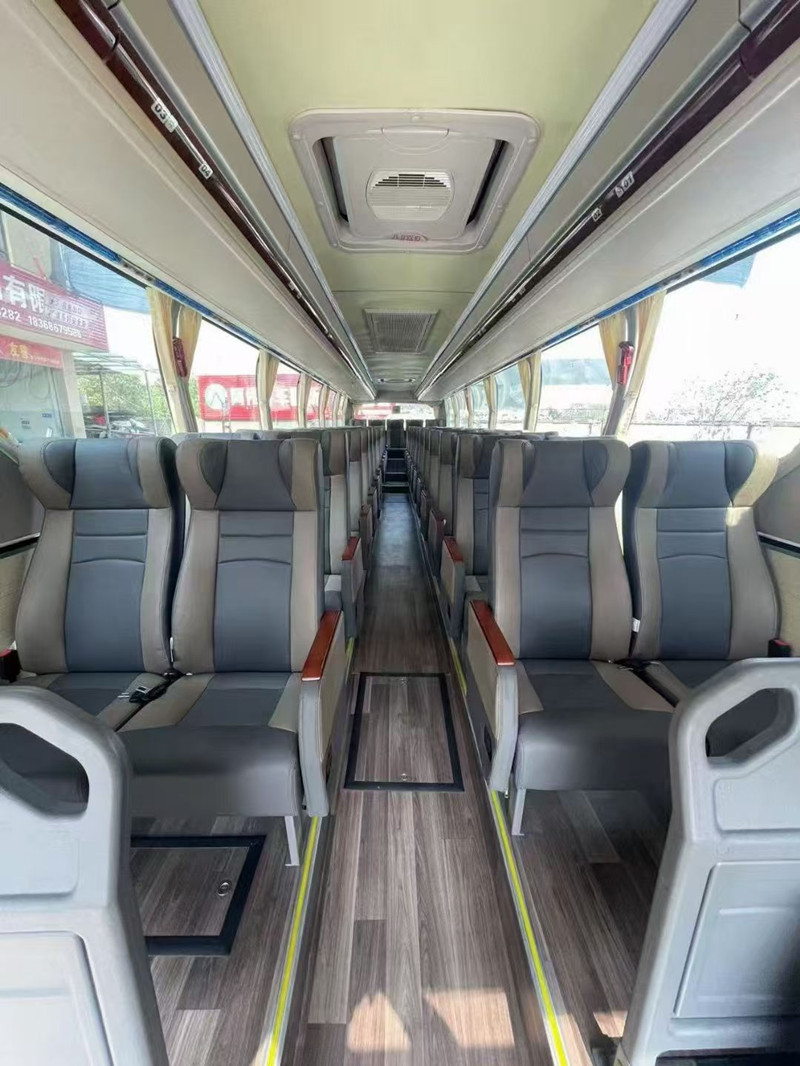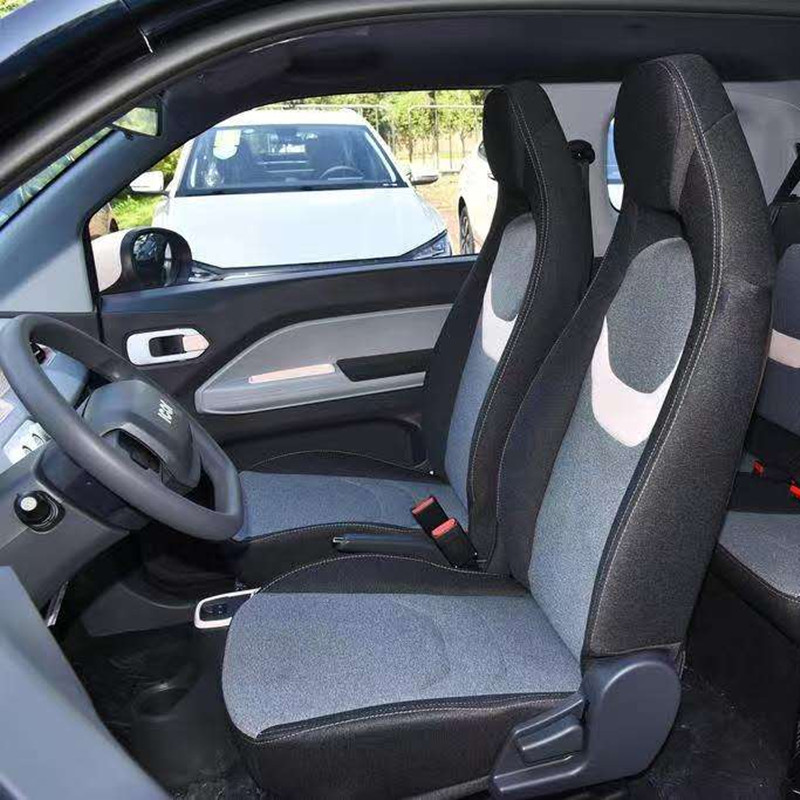Detailed explanation of the functions of each core component of car seats
Detailed explanation of the functions of each core component of car seats一: Headrest system
1. Neck protection mechanism
Adopting an internal steel skeleton support, the cervical spine bending amplitude is reduced by energy absorbing structures (such as deformed pipes) during collisions, reducing the risk of whipping and catching a cold by up to 40%. The ideal height should be level with the upper edge of the passenger's ear canal.
2. Comfort Expansion
High end car models integrate audio units (such as suspended headrests) to achieve sound field positioning; Partially equipped with heating function to relieve neck muscle tension.
1. Skeleton structure and supporting logic
O-frame skeleton: lightweight design (Q235 steel pipe+stamped steel plate), low cost but limited strength, used for economical vehicles.
Full sheet metal skeleton: DC01 high-strength steel plate stamping (thickness 0.5-3.0mm), with a 200% increase in bending stiffness, supporting electric adjustment/massage modules for high-end models.
2. Ergonomic design
The backrest is equipped with a high-density foam layer (high elasticity sponge+memory foam), which conforms to the S-shaped curve of the spine. An additional 20 ° -30 ° convex support is added to the lumbar area to disperse lumbar pressure.
1. Pressure stratification management
Surface: Skin friendly and creamy fabric (non slip and breathable)
O Buffer layer: 11 layer composite foam structure, triggered by the support layer support after sinking 3cm in a sitting position
Bottom layer: anti fatigue support material, uniform distribution of body pressure during long-distance driving.
2. Function expansion mechanism
Electric leg support: Split design (such as Lincoln models) that can independently adjust the angle of left and right leg support
Dynamic vibration reduction: Rubber damping components are added at the connection between the seat cushion frame and the vehicle body to attenuate 30% of road vibrations.
1. Basic regulatory mechanism
O Sliding rail: made of high-strength alloy steel (bearing capacity ≥ 150kg), the locking mechanism needs to withstand a collision acceleration of 10g
Angle adjuster: The gear type structure enables seamless adjustment of the backrest from 100 ° to 110 °, and medical models can be flattened to 180 °.
2. Advanced intelligent interaction
AI adaptive: 49 flexible sensors scan posture, 19 airbags adjust support in real-time (such as Dongfeng Nissan N7)
Scene memory: Link steering wheel/rearview mirror position, one click switch between driving/resting mode.
五: Auxiliary functional module
Evolution of Component Core Function Technology
Side wings provide lateral support during high-speed cornering to prevent body slippage. Active pneumatic side wings (automatically inflate and deflate based on G-value)
The seat belt buckle is linked with the vehicle collision sensor, and the pre tensioning response time is less than 15ms. The integrated seat occupancy sensor (SBR system)
Ventilation/Heating Carbon Fiber Wire Heating (up to 30 ℃ in 5 minutes), Micro porous Ventilation System Zone Temperature Control (Seat Cushion/Backrest Independent Adjustment)
Summary of Design Trends
The current seat design is shifting from passive load-bearing bodies to active interaction systems:
• Safety dimension: Improved energy absorption rate of skeleton impact (such as TRIP steel application)
• Health care: Built in fatigue monitoring (heart rate/sitting time analysis)
Ecological integration: Biodegradable plant-based foam material (reducing carbon emissions by 30%).
In the future, seats will develop into an integrated intelligent terminal of "perception decision execution", which dynamically optimizes support strategies through biometric recognition and road condition prediction





